Introduction
Target Corporation (NYSE: TGT) has seen significant declines, currently trading at $93.70 per share, down 43% over the past year and 18% over the last five years. Since reaching its highs in 2021, the stock has steadily declined, raising questions about its investment potential.
Is now the right time to buy Target stock? This analysis will evaluate Target’s latest financial performance, revenue trends, and valuation using discounted free cash flow (DCF), dividend discount model (DDM), comparable company analysis, and Ben Graham’s intrinsic value formula.
Target’s Financial Overview
Key Metrics:
- Market Cap: $42 billion
- Price-to-Earnings (P/E) Ratio: 10.5 (well below the market average of 26)
- Earnings Per Share (EPS): $8.86
- Beta: 1.3 (higher volatility compared to the market)
- Analyst Price Target: $130 per share, suggesting significant upside potential
- Dividend Yield: 4.83% ($4.48 per share)
Revenue and Profitability:
Target reported $106.57 billion in annual revenue, reflecting a slight decline year-over-year.
Revenue Breakdown:
- Food & Beverage: Largest segment, slightly declined.
- Home Furniture & Decor: Significant revenue drop (~$1 billion).
- Household Essentials: Down slightly.
- Apparel & Accessories: Small increase.
- Beauty: Up modestly.
Despite revenue declines, net income remains solid at $4.1 billion, though slightly lower than the prior year.
Cash Flow & Share Repurchases:
- Free Cash Flow (FCF): $4.48 billion, rising due to lower CapEx spending.
- Operating Cash Flow vs. CapEx: Declining OCF, but CapEx cuts have stabilized free cash flow.
- Share Buybacks: Slowed in recent years.
Valuation Analysis
Discounted Free Cash Flow (DCF) Model:
DCF values stocks by estimating future free cash flows and discounting them to present value.
Inputs:
- Projected Revenue Growth: 5% annually (analysts expect slight growth, ~109-111 billion future revenue).
- Net Income Margins: 3.8%
- Discount Rate: 8%
Using these assumptions, TGT’s intrinsic value aligns around $140-$160 per share, suggesting significant undervaluation.
Dividend Discount Model (DDM):
Target maintains a strong dividend yield, but dividend growth has slowed.
- Dividend Growth Projection: 3% annually
- Safe Payout Ratio (~50% Net Income / FCF)
Applying DDM, TGT’s fair value falls between $70-$80 per share, indicating undervaluation but dependent on continued dividend growth.
Ben Graham’s Intrinsic Value Formula:
Ben Graham’s model evaluates earnings growth and bond yields.
- AAA Bond Yield: 5.29%
- Expected Growth Rate: 7.65%
Applying Graham’s formula places TGT’s intrinsic value at $120 per share, indicating a reasonable buy opportunity.
Comparable Company Model:
Target is compared to industry peers, including:
- Walmart (WMT)
- Costco (COST)
- Kroger (KR), Dollar General (DG), BJ’s Wholesale (BJ)
Key Comparisons:
- Revenue Growth: Target slower than Walmart & Costco but still growing.
- Profit Margins: Lowest among peers, indicating less pricing power.
- Price-to-Sales & Price-to-Book Ratios: Lower than competitors, reinforcing undervaluation.
Based on these comparisons, TGT’s valuation aligns near $130 per share, suggesting upside potential.
Conclusion: Is Target a Buy?
All valuation models indicate Target remains an attractive buy:
- DCF Model estimates intrinsic value at $140-$160 per share.
- Ben Graham’s Formula suggests $120 per share, reinforcing undervaluation.
- Comparable Company Analysis supports a $130 per share valuation, suggesting market discount.
- DDM Model indicates undervaluation but warns against slowed dividend growth.
Despite recent stock declines, Target maintains solid profitability, a strong dividend yield, and steady revenue growth in key categories. Cost-cutting measures and lower valuations make TGT an appealing investment.
Final Verdict: Target is a Buy, with considerable upside potential based on fundamental analysis.
https://youtu.be/nIzOceqflOs?si=o-u9VuY6sSgkgY3g












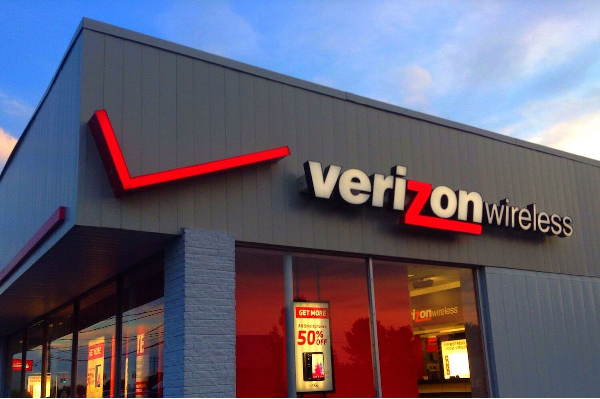
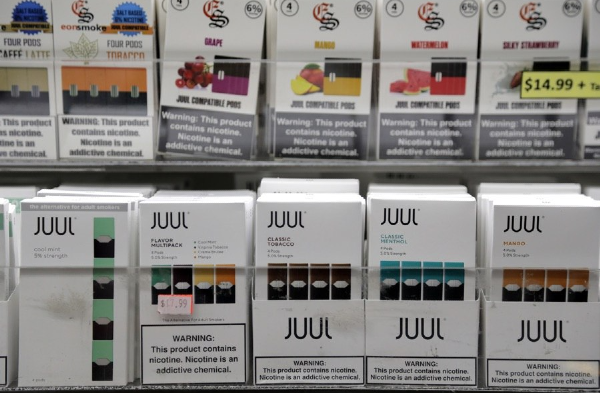
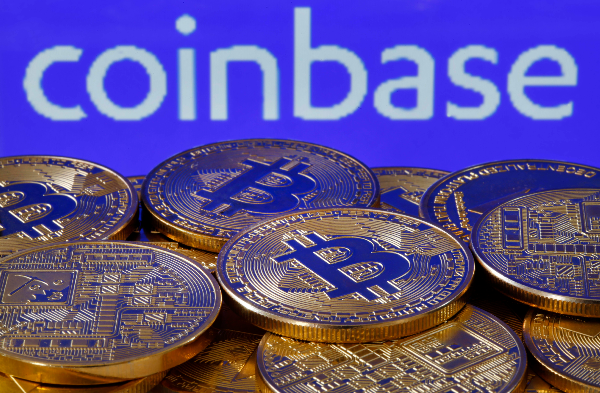
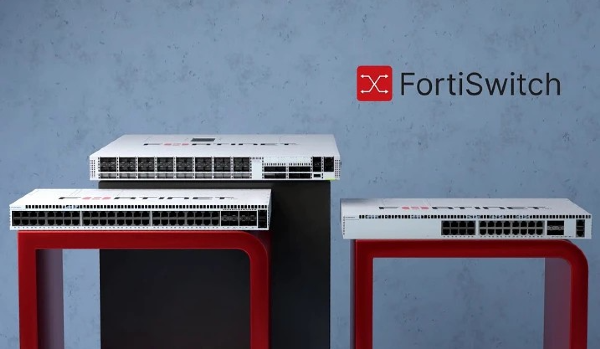

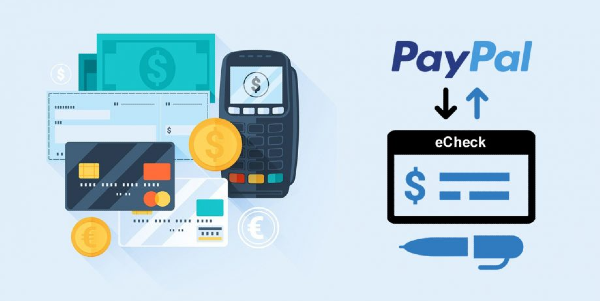













Introduction
Target Corporation (NYSE: TGT) has seen significant declines, currently trading at $93.70 per share, down 43% over the past year and 18% over the last five years. Since reaching its highs in 2021, the stock has steadily declined, raising questions about its investment potential.
Is now the right time to buy Target stock? This analysis will evaluate Target’s latest financial performance, revenue trends, and valuation using discounted free cash flow (DCF), dividend discount model (DDM), comparable company analysis, and Ben Graham’s intrinsic value formula.
Target’s Financial Overview
Key Metrics:
Revenue and Profitability:
Target reported $106.57 billion in annual revenue, reflecting a slight decline year-over-year.
Revenue Breakdown:
Despite revenue declines, net income remains solid at $4.1 billion, though slightly lower than the prior year.
Cash Flow & Share Repurchases:
Valuation Analysis
Discounted Free Cash Flow (DCF) Model:
DCF values stocks by estimating future free cash flows and discounting them to present value.
Inputs:
Using these assumptions, TGT’s intrinsic value aligns around $140-$160 per share, suggesting significant undervaluation.
Dividend Discount Model (DDM):
Target maintains a strong dividend yield, but dividend growth has slowed.
Applying DDM, TGT’s fair value falls between $70-$80 per share, indicating undervaluation but dependent on continued dividend growth.
Ben Graham’s Intrinsic Value Formula:
Ben Graham’s model evaluates earnings growth and bond yields.
Applying Graham’s formula places TGT’s intrinsic value at $120 per share, indicating a reasonable buy opportunity.
Comparable Company Model:
Target is compared to industry peers, including:
Key Comparisons:
Based on these comparisons, TGT’s valuation aligns near $130 per share, suggesting upside potential.
Conclusion: Is Target a Buy?
All valuation models indicate Target remains an attractive buy:
Despite recent stock declines, Target maintains solid profitability, a strong dividend yield, and steady revenue growth in key categories. Cost-cutting measures and lower valuations make TGT an appealing investment.
Final Verdict: Target is a Buy, with considerable upside potential based on fundamental analysis.
https://youtu.be/nIzOceqflOs?si=o-u9VuY6sSgkgY3g